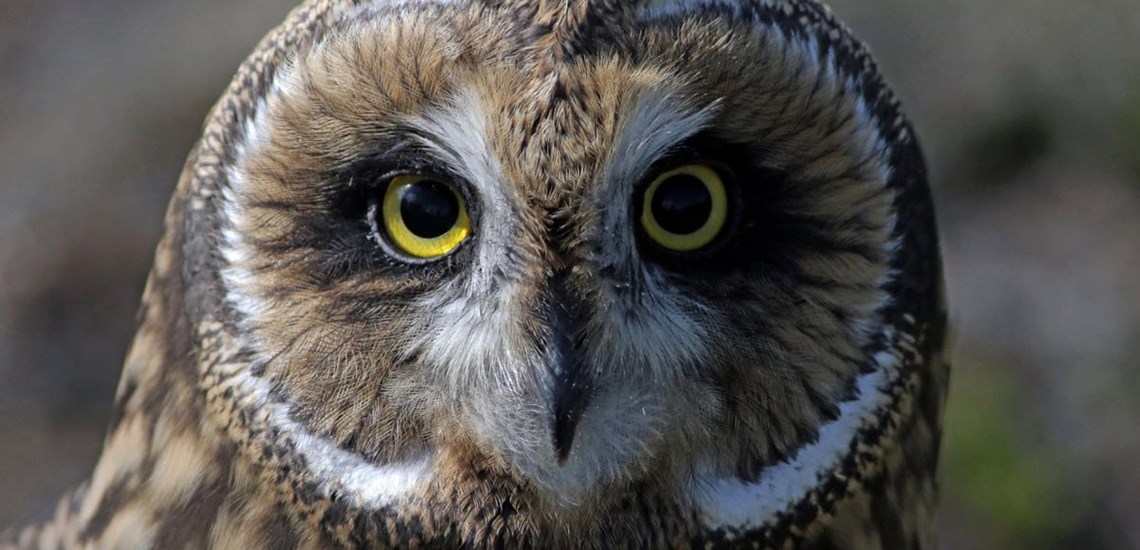Birds of Iceland
Iceland is, in many ways, unique and not only because of the nature, but also because of the biota. There are not many wild mammals in Iceland and few bird species compared to many other countries. Around 70 to 80 bird species regularly nest in Iceland which is considered rather few compared with other European countries, but over 30 additional species breed in the country even though they choose not to permanently live in Iceland. Even though there are not many different types of birds in Iceland there is a vast numbers of individual birds of each specie and the country therefore ideal for bird-watching and bird-photography.

Most of the bird species in Iceland stay only during the summer, the birds come from Europe, Africa and the northern hemisphere in April and May to nest and raise their chicks. There are also a lot of birds that stop in Iceland on their way to and from the north like Greenland and Canada. In Iceland, there are also some species from North America that are not found anywhere else in Europe than in Iceland, such as Harlequin Duck and Great Northern Diver.
As mentioned above, most bird species found in Iceland are migrant birds, estimated around 40 to 50 species. There are various factors that affect the migration of the birds, including environmental conditions. There are around 20 species that stay in Iceland all year round but they are increasing. For example, last decade more farmers are growing grain in Iceland so increasing number of the Greylag Goose stays throughout the year in the country. Also the increased planting of forest in Iceland and global warming has led to rise in the number of passerine species attempting to breed.

Bird watching in Iceland is different from season to season. During spring there are many birds in Iceland and also during the early part of the summer when migrant birds arrive in Iceland, for breeding, lay eggs and raise their chicks. The midnight sun occurs during the summer in Iceland which means the days are very long and a good time to see the birds is late night and early in the morning. In late summer, the migrants' bird begin to gather around and prepare their journey to the south. The winter is a good time to explore the local birds who stay in Iceland all year round, they are usually easy to find if you know where to look.
Bird watching in Iceland is getting more popular every year. Bird-Watching houses have been set up in many places where you can sit calmly and watch the birds without disturbing them. Also there are some areas or places that have been defined as a bird watching areas with the aim to protect the nature and the birdlife in the specific area. Iceland is, therefore, the ideal place for birdwatchers and bird enthusiasts to see many bird species during nesting season when everything is full of life.

Also as mentioned earlier, some species can be found in Iceland that does not lay eggs anywhere else in Europe. Seabirds can also be found in large numbers around Iceland, many species of Gulls and Blackbirds along with large bird cliffs. Iceland is also the perfect place to see the puffin a very popular bird in Iceland among bird watchers and photographers.
Bird-photography in Iceland
There are not many different species of birds in Iceland but there is a vast number of individual birds of each species and the country therefore ideal for bird-photography. There are great opportunities to find good locations and take some amazing bird photos.

During spring, from April to May, a huge number of birds come to Iceland in large groups so it is easy to find them. Also in the summertime, it is almost bright outside 24 hours, giving birdwatchers a great opportunity to photograph the birds. The lighting from the midnight sun is unique especially early in the morning or late at night. To get the best photos it is ideal to stay in special houses that have been built in some areas in Iceland for birdwatchers, that way it is easier to access the birds and minimize any interference to their behaviour.
Rules for bird-watching
During bird watching, it is important to keep few things in mind to minimize interference with the nature and disruption of nature. It is recommended to go bird-watching in areas where houses have been built for bird-watching, where conditions have been created for both the birds and bird enthusiasts can enjoy themselves without disturbing the behaviour of the birds. That way the birdwatchers can also sit inside, which is usually a great option when watching birds in Iceland where it can be rainy, windy and cold. If there are no bird-watching houses in the area it is important to consider how to approach the birds without disturbing them.
Here you can find a list of bird watching areas in Iceland with houses.






